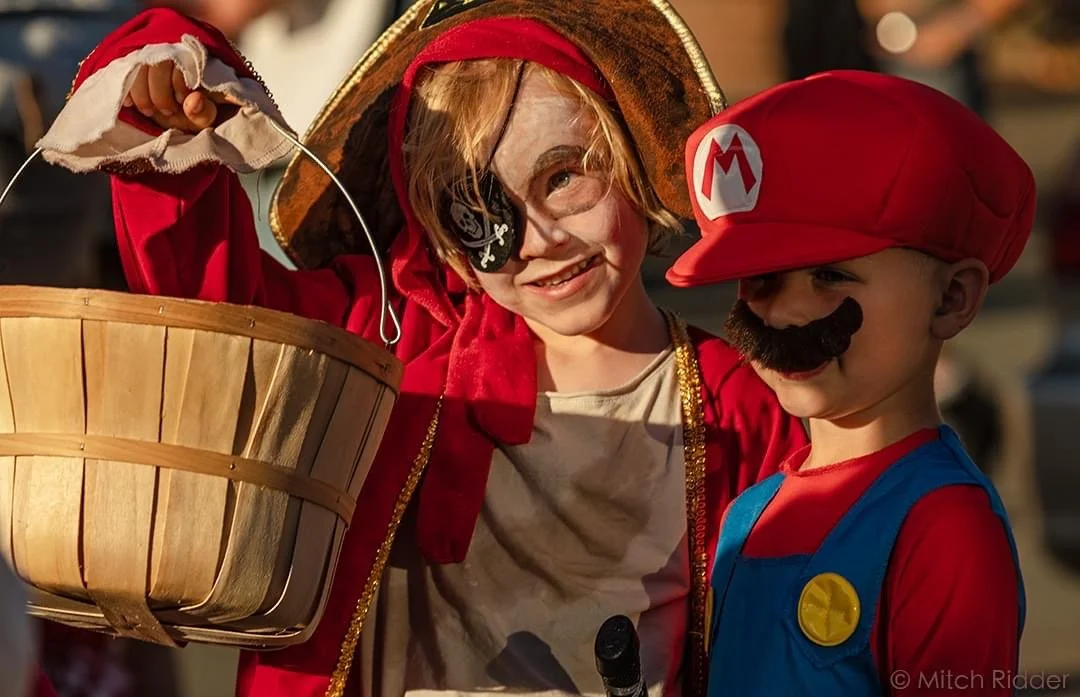The Pacific Marine Mammal Center is Saving Sea Life
It all started in 1971 when a little girl on the beach found a sick sea lion and asked the nearest lifeguard to save it. Out of the goodness of his heart, Jim Stauffer took the ailing pup home, rehabilitated it, and released it back into the sea.
Word spread like wildfire and people soon started bringing sick sea animals to Stauffer weekly. John Cunningham, another lifeguard, joined Stauffer in caring for the ever growing number and Dr. Rose Ekeberg of Laguna Canyon Animal Hospital offered her professional medical advice. Soon the first licensed marine mammal center rehabilitation in California, Friends of the Sea Lion (now known as the Pacific Marine Mammal Center) was born.
Almost 50 years later, PMMC has about 9,000 rescues under its belt. Their main patients are California sea lions, northern elephant seals, pacific harbor seals, and northern fur seals, but they will respond to any marine mammal that needs rescue. This year alone they have provided aid to 13 dolphins and have even assisted in the untangling of whales with nets.
“We’re a large but small organization, and don’t have enough resources to constantly police the beach so we rely on the public and our community to tell us when there are sick animals out there,” shares Krysta Higuchi, PMMC’s Events and Public Relations Coordinator, who started off as a volunteer. (Note: If you ever find a sick marine mammal in Laguna Beach, make sure to take a picture so the team can best prepare themselves on what to expect.)
Located off Laguna Canyon Road behind trees and a small creek, a red barnhouse and a visitors yard (which is open to the public daily from 10-4pm) hosts the recovering animals, which are all given creative names such as Nibblet, Brawler, Sunflower, LeBron. Currently, they have 84 patients!
In 2015, PMMC experienced an Unusual Mortality Event, where they rescued over 600 animals. That year El Nino caused water temperatures to rise which made fish (the primary food source of sea lions) go deeper to find cold water. A big part of what PMMC does isn’t just rescue, but also research and education so they can better understand how to aid when these types of situations happen in nature.
"We see about 10,000 children a year through a variety of programs,” explains Higuchi, talking about the various camps and classes they offer youth throughout Orange County. “Not only do we want to rescue and rehabilitate, we want to fix our broken ocean, so we’re diving deeper into research of what is affecting our coasts.”
After they release the seals, some of them are marked with tracking devices so PMMC can make sure their healthy seals are surviving and thriving. (Occasionally they’ll have to re-rescue some of their sea lion patients who have more serious issues like blindness.)
PMMC encourages everyone to reduce, reuse, recycle, and rethink purchases because it all ends up affecting the ocean eventually. Acts like using a metal straw, not buying individually plastic wrapped items, and using reusable grocery bags instead of plastic can all make a difference.
As a nonprofit, PMMC relies heavily on the community for support. They are solely funded by grants and donations and are primarily run by over 200 volunteers along with a small group of 12 full time staff members. Higuchi says without the unwavering support of the Laguna Beach community, PMMC would not exist today. Many local businesses, restaurants, and schools host fundraisers for the center, and they are always looking for more volunteers to help.
Have you seen how cute they are?
Mari Verdugo is a fourth generation Laguna Beach native, photographer, and writer who enjoys visiting the sea lions down the street from her house. Find her at @marielenaphoto or on her website.
Photos by: Grant Puckett.













Ring in the New Year Laguna Beach style. We’ve rounded up the best places to spend New Year’s Eve in Laguna Beach. From classy dinners to dance clubs to dive bars that will have the party going all night long!